Dam Square 1970: Counterculture Confronts Authority
Dam Square was in the summer of 1970 a magnet for hippies and backpackers. They gathered around the National Monument, smoking marijuana, drinking, playing music and sleeping. Begging, disruptive behaviour and harassment of women were on the increase, as were shopliftings, car break-ins and street robberies.
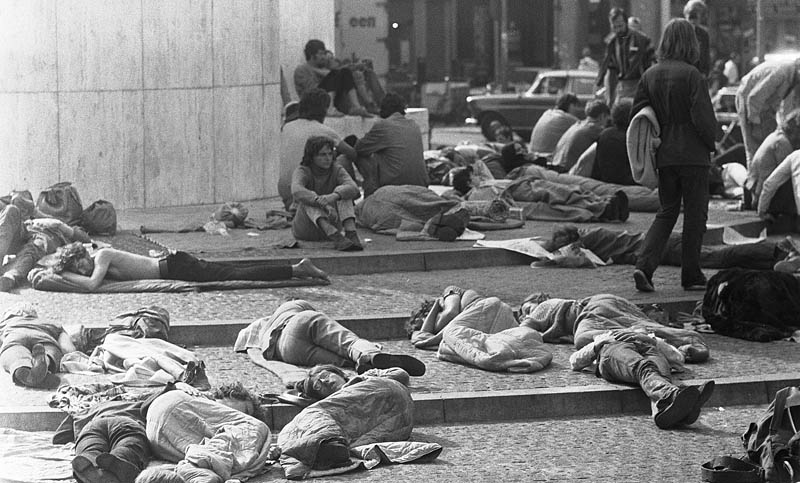
Sleeping Ban on Dam Square
In response to the nuisance, Mayor Ivo Samkalden imposed a sleeping ban on Dam Square and the immediate vicinity of the National Monument on 24 August 1970. In the evening this ban took effect, large groups of young people gathered to see if the so-called ‘Damslapers’ (Dam Square sleep-in) would leave. However, riots and looting broke out and the police fired warning shots to disperse the crowd.
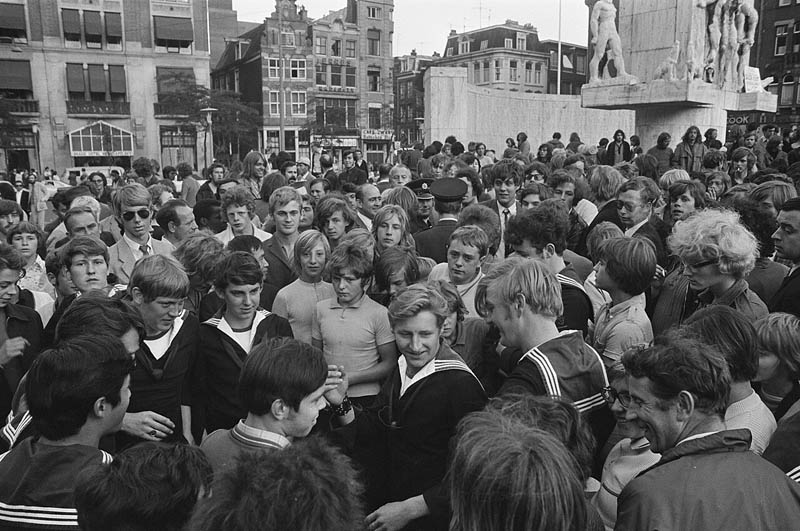
Intervention by Marines
On 25 August 1970 some hundred Marines and sailors from the Marine Corps and the Royal Netherlands Navy went to Amsterdam without orders from their superiors. They wanted to support the police. They marched across Dam Square and by using violence they restored order.
Reaction of the Government and the Armed Forces
The Dutch Government was not happy with this action. The military leadership regarded it as unlawful. Participants were sentenced to several days of detention. Some were brought before the Naval Court Martial and were sentenced to pay a fine of one hundred guilders.
The government issued an official condemnation. The then Prime Minister, Piet de Jong, later said in a personal statement that he understood and sympathized with the Marines’ actions.
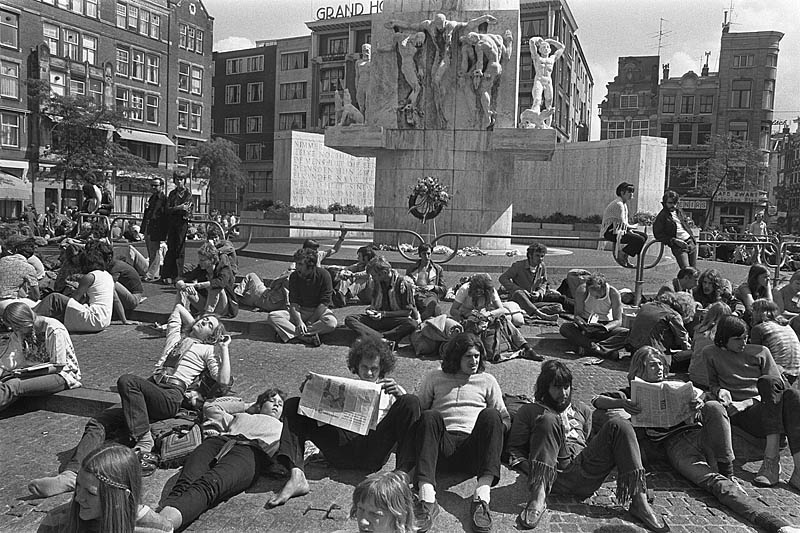
International Context: Flower Power and Protest Culture
The Damslapers and the riots were not an isolated incident. It was part an international youth movement. Since the mid-1960s, the Flower Power movement was the symbol of resistance to the established order. They were supporters of love and peace and experimental forms of coexistence. They followed the trend of Festivals like Woodstock (1969) and protests in Paris (1968). The new generation demanded freedom versus authorities seeking to maintain order.
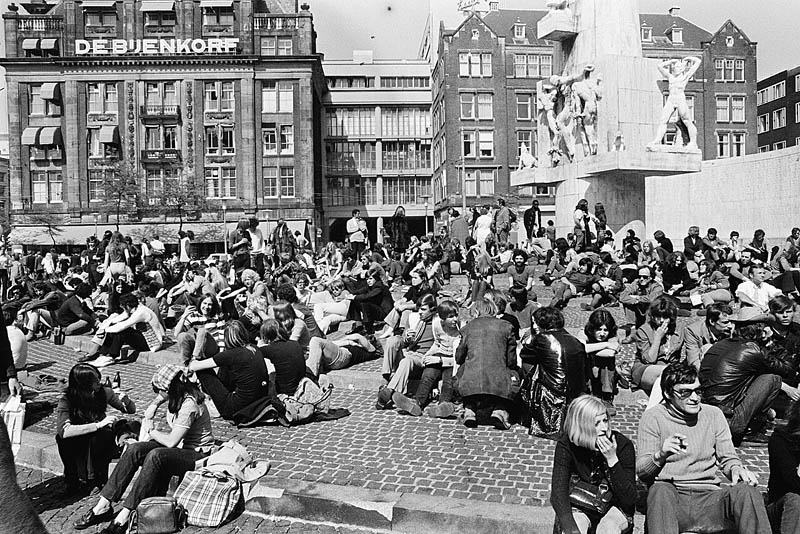
Amsterdam: the Hippie Capital
Amsterdam was a unique case in this regard. As early as 1965, the Provo movement had opened up the public debate about authority and freedom in the Netherlands. The city was famous for its tolerant policy on soft drugs. Amsterdam was a magnet for international youth who came for sit-ins on Dam Square and sleep in Vondelpark. Amsterdam was considered the ‘hippie capital of Europe’
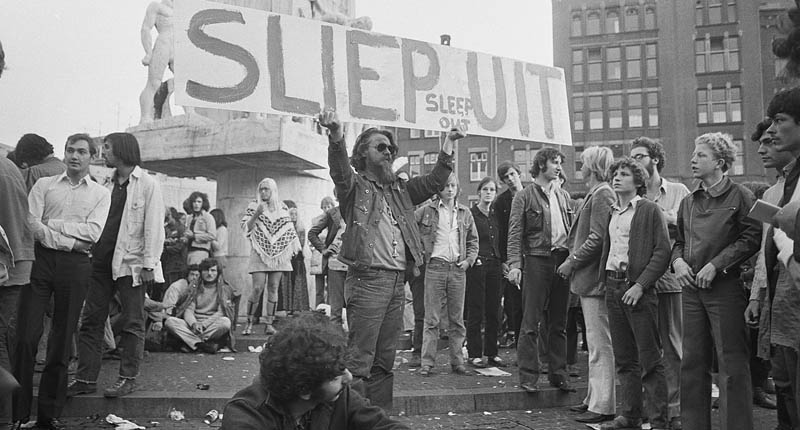
Culture Clash
The events of August 1970 showed that Dutch tolerance had its limits. In other European cities, the protest against the established order took the form of large-scale demonstrations and university occupations. In Amsterdam, it was different as it centred around a national symbol: the war memorial on Dam Square. This showed that the international counterculture clashed with the Dutch need for respect for authority and memorials.
The events in the summer of 1970 damaged the reputation of Amsterdam, both in the Netherlands and abroad. Images of the Dam Square circulated worldwide and evoked incomprehension about the government’s lack of tough measures.
Today, Dam Square is the peak of bourgeoisie. No riots, no damslapers just tourist and locals milling about.
photos: Wiki Commons


